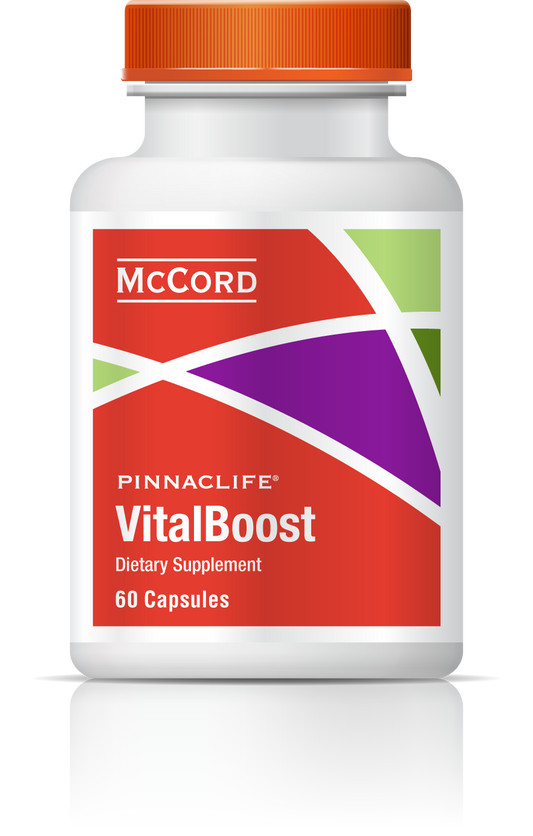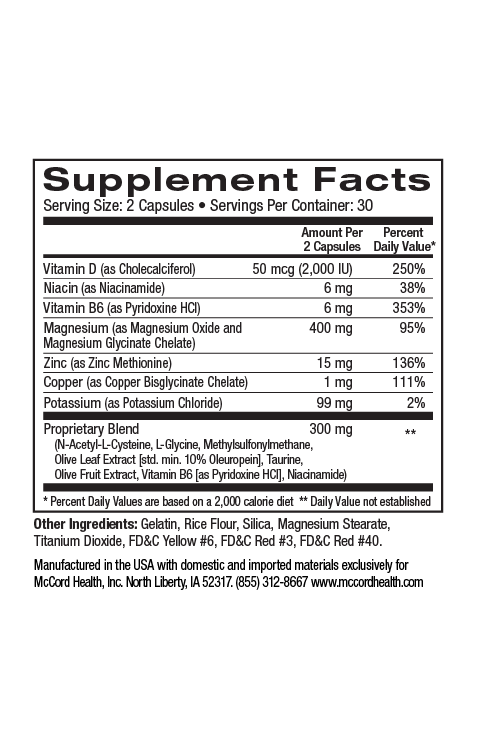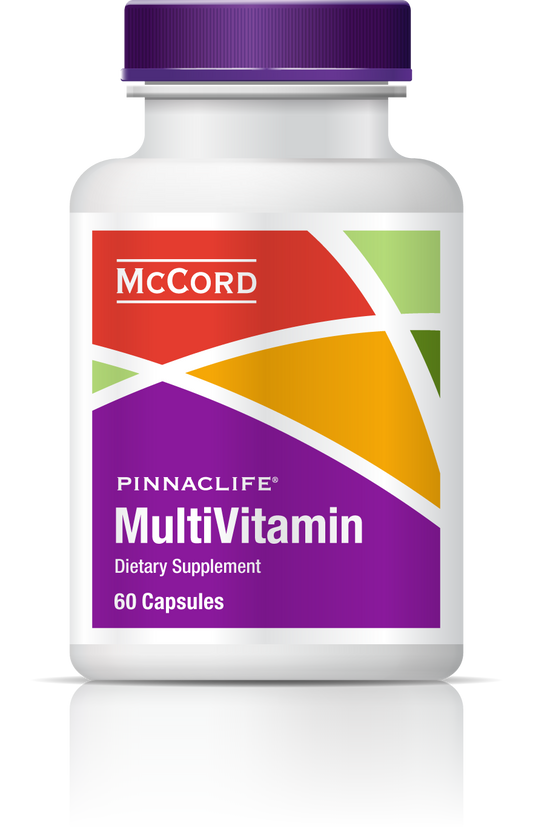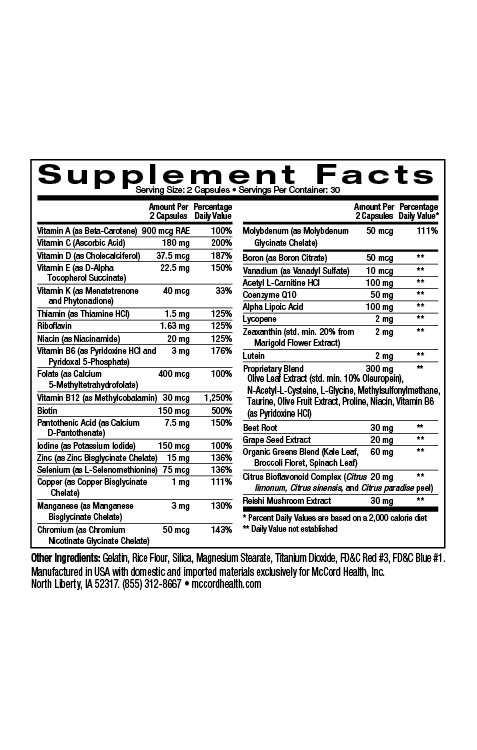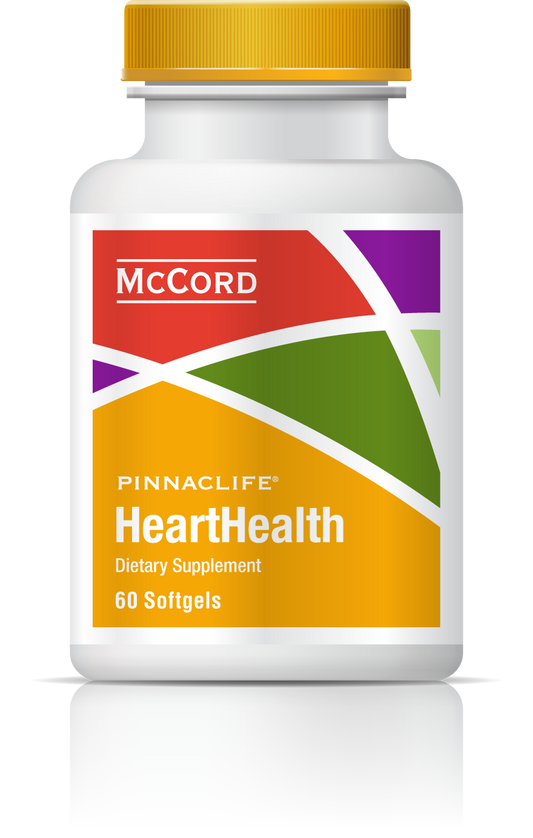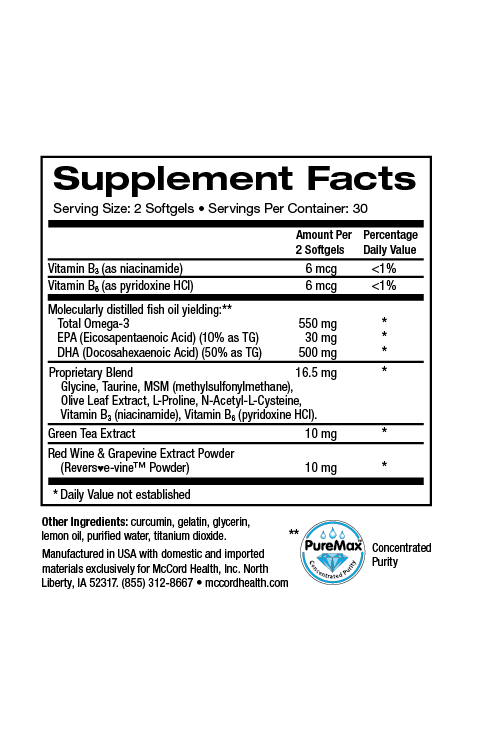Itch or pruritus has been defined as an unpleasant sensation that elicits the desire or reflex to scratch. Itch is the most common symptom in dermatology. It is also the most common skin complaint in people over the age of 65 years and it can have a major impact on an individual’s quality of life.
Itch has many similarities with pain, but the responses to itch and pain differ since pain evokes a withdrawal response and itch evokes a scratch response. We all know that the itch sensation can be reduced by the painful sensation caused by scratching. Studies have also shown that various other types of pain stimuli can also reduce itch. In some ways, itch and pain are regarded as closely related, however, itch and pain are different sensations that are processed by distinct sets of neurons.
There are at least 4 distinct classifications of itch:
- itch caused by skin disorders or skin damage including atopic dermatitis (eczema), psoriasis, hives (uticaria), dry skin (xerosis) and insect bites
- itch caused by systemic disorders or disease such as cancer, chronic liver or kidney disease (neurogenic),
- itch caused by damaged nerves (neuropathic) such as from multiple sclerosis or peripheral neuropathy (often associated with diabetes)
- itch caused by psychological stress or delusions (psychogenic)
Itching caused by dry skin or xerosis can be reduced by avoiding harsh soaps and gels and by using Viniferamine® Clean N Moist, which is designed to cleanse, moisturize, protect and nourish skin. Viniferamine® Clean N Moist is perfectly pH balanced to ensure that even the most fragile skin is gently cleansed without causing irritation. Phospholipids, organic phytonutrients, organic shea butter and other vital nutrients found in Viniferamine® Clean N Moist nourish and revitalize skin.
Nourishing, Hydrating and Protecting Skin
Daily application of Viniferamine® Renewal Moisturizer will help keep skin hydrated, nourished, and protected. Viniferamine® Renewal Moisturizer contains the most potent doses of Viniferamine® and the scientific ingredients. Viniferamine® Renewal Moisturizer, like all of the Viniferamine® skincare products, contains phytonutrients, vitamins and amino acids to nourish and strengthen skin, as well as powerful antioxidants to help decrease inflammation and skin irritation.
To help reduce dry skin it is also important to keep indoor air humidified and somewhat cooler, avoid dehydration and prolonged exposure to hot water when bathing, avoid exposure to cold air and wind, and avoid alcohol and spicy food. In addition, it is a good idea to keep fingernails short and try to not rub itchy skin to prevent skin damage resulting from scratching and rubbing. This will also help prevent the “itch-scratch-itch” cycle.
Histamine produced by dermal mast cells is an key mediator for itch in several conditions including hives, insect bites, and some drug reactions. The weal and flare response is associated with histamine-mediated itch. Evidence suggests that histamine is probably not a major mediator of atopic dermatitis or eczema. Instead, it is believed that eczema is likely to result from a decrease in barrier function that may allow allergens to irritate skin more easily. Viniferamine® Renewal Moisturizer can help reduce itching resulting from histamine release or eczema.
Acute vs. Chronic Itch
Finally, it is important to distinguish between acute and chronic itch, since chronic itch is significantly more unpleasant with many similarities to pain. Chronic itch lasts more than a few weeks and is often not amenable to treatments for acute itch. Chronic itch is not as well understood and has not been as well researched as acute itch, but can be as debilitating as chronic pain and can lead to symptoms of sleeplessness and depression. The treatment of chronic itch is more complex and may involve multiple therapies.
To help prevent or stop itching, it’s good to know that Viniferamine® Renewal Moisturizer and Clean N Moist help decrease inflammation and increase skin hydration.
About the author: Nancy Ray, PhD is the Science Officer at McCord Research. Dr. Ray received her PhD in Biochemistry and Biophysics and was a postdoctoral fellow at NIH, Harvard University and Dana-Farber Cancer Institute, and the University of Iowa. She also earned bachelor of science degrees in Chemistry and Microbiology.
References
- QJ Med 2003; 96: 7-26.
- Acta Derm Venereol 2009; 89: 339-350.
- Dermatol Ther 2013; 26: 92-103.
- Nat Rev 2006; 7: 535-547.
- The Lancet 2003; 361: 690-694.
- Arch Dermatol 2011; 147: 1153-1156.
Disclaimer: These statements have not been reviewed by the FDA. The decision to use these products should be discussed with a trusted healthcare provider. The authors and the publisher of this work have made every effort to use sources believed to be reliable to provide information that is accurate and compatible with the standards generally accepted at the time of publication. The authors and the publisher shall not be liable for any special, consequential, or exemplary damages resulting, in whole or in part, from the readers’ use of, or reliance on, the information contained in this article. The publisher has no responsibility for the persistence or accuracy of URLs for external or third party Internet websites referred to in this publication and does not guarantee that any content on such websites is, or will remain, accurate or appropriate.
